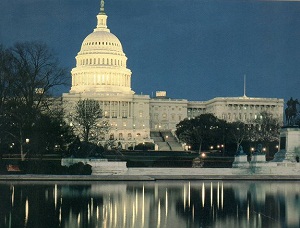Clean energy needs national policy
 Studies have shown that the vast majority of people in the world believe in the power of solar and other renewable energy sources. The tricky part is getting policy to support their development.
Studies have shown that the vast majority of people in the world believe in the power of solar and other renewable energy sources. The tricky part is getting policy to support their development.
The prime example of how policy can change the direction a people heads in its energy development is Germany, said Robert Youngberg with SD/I.
“Have you seen Germany,” he asked a crowd at the renewable energy gala in Denver, Colo. this week. “The sun never shines there.”
Yet Germany is the world leader in solar energy development because the government there established a feed-in-tariff program. The adoption of a feed-in-tariff in Ontario, Canada has launched that province into second place in North America for solar development, just behind California. Youngberg said it’s likely Ontario will overtake California this year.
Getting solar installed is all about getting policy that encourages it, said Chris Stimpson with the American Solar Energy Society.
The United States has never had a nation-wide energy policy and it has long been a hindrance to innovators who would change the direction of the country’s energy supply. He talked about a wind project in the Nantucket Sound that has taken 10 years to navigate the political waters to approval.
Stimpson spent a few years lobbying in Washington for changes to energy policy that would promote renewable development nationally.
“But I told them I was in the wrong place,” Stimpson said. “Everything is happening at the state level.”
While the country has no cohesive energy policy, states do. And many states, especially California, Colorado and New Jersey are doing a lot to grow a greener energy economy.
“It didn’t take me long to realize that we have a much better chance of improving the environment for renewables by approaching local policy makers,” Stimpson said.
The biggest problem will be with transmission, he said during a panel discussion at the gala.
Getting renewable energy from the less-populous desert Southwest where solar and wind are most abundant to the more densely-populated areas of the country will require heavy-duty transmission lines traveling across state lines.
“You could probably construct that in two years,” he said. “But it would take 10 years to get it approve. And 10 years isn’t just a nuisance, it’s a crippler.”
At some point, the states will have to come together to develop a policy that allows renewable energy sources opportunity to grow on a national scale.



